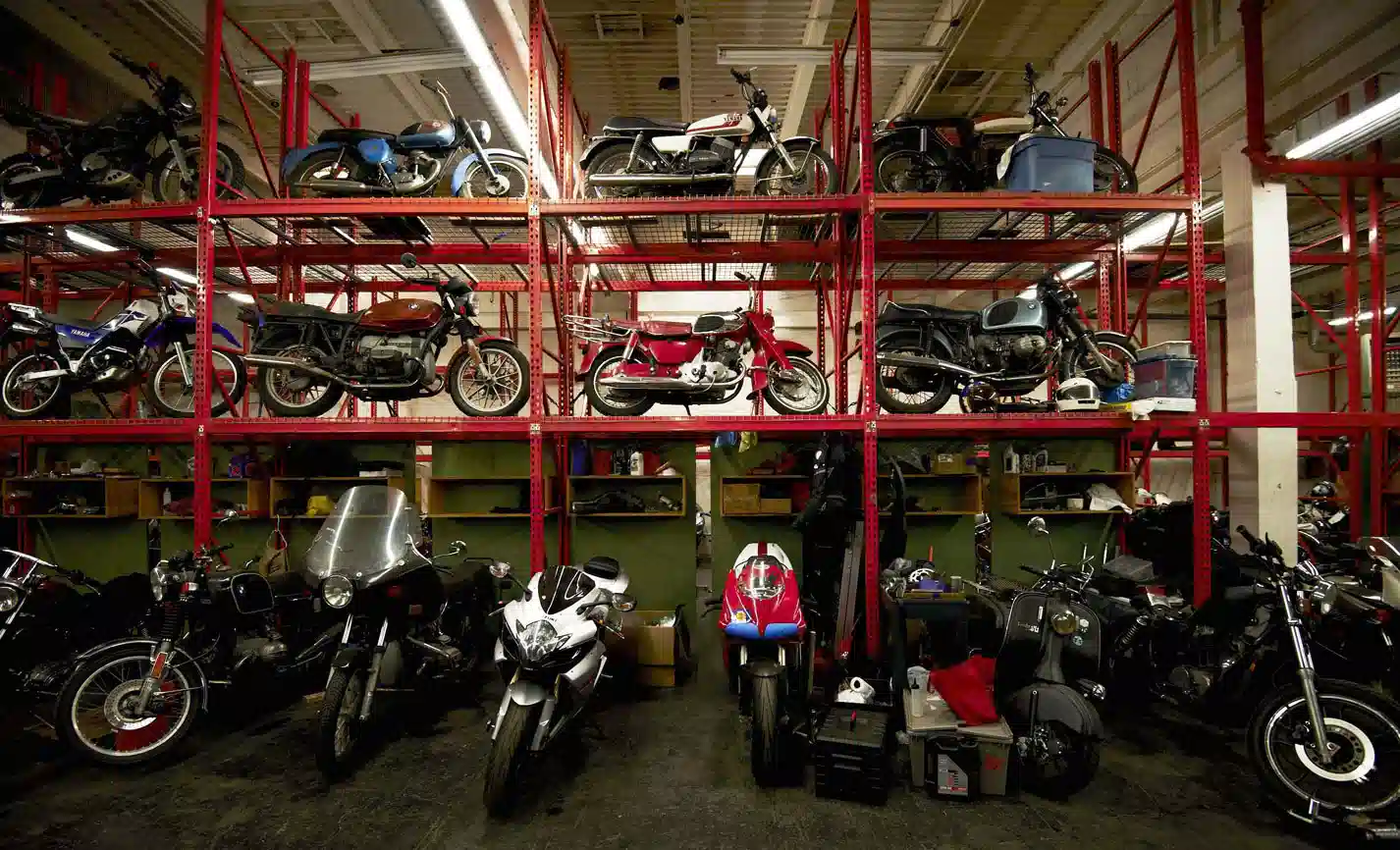Bike Parking Systems: Innovative Solutions for Urban Mobility
As cities worldwide strive to promote sustainable transportation, bicycles have become an increasingly popular choice for commuting and leisure. However, the growing number of bikes has created a pressing need for efficient and secure bike parking systems. These systems not only save space but also ensure the safety and convenience of cyclists. In this article, we will explore the importance of bike parking systems, their types, benefits, and how they contribute to smarter urban mobility.
What is a Bike Parking System?
A bike parking system is a specialized infrastructure designed to store bicycles securely and efficiently. These systems range from simple racks to advanced automated solutions, providing a safe and organized method for cyclists to park their bikes in public or private spaces. The primary goals of a bike parking system include space optimization, theft prevention, and convenience for users.
Why Are Bike Parking Systems Important?
The demand for bike parking systems arises from several factors:
- Increased Bicycle Use: With growing environmental awareness, more people are adopting cycling as a primary mode of transportation.
- Urban Space Constraints: In cities with limited space, traditional parking solutions are often impractical.
- Theft Prevention: Secure bike parking systems deter theft and vandalism, giving cyclists peace of mind.
- Encouraging Sustainable Transport: Proper bike parking facilities encourage more people to switch to cycling, reducing carbon footprints.
Types of Bike Parking Systems
Bike parking systems come in various designs and functionalities to cater to different needs and spaces:
1. Bike Racks
Bike racks are the most basic and commonly used solution for parking bicycles. These structures allow users to lock their bikes securely using personal locks.
- Pros: Low cost, easy installation, available in various designs.
- Cons: Limited security compared to advanced systems.
2. Bike Lockers
Bike lockers are enclosed units that provide enhanced security for bicycles. Each locker is lockable and protects the bike from theft, vandalism, and weather elements.
- Pros: High security, weather protection.
- Cons: Requires more space, higher initial investment.
3. Vertical Bike Racks
These racks store bikes vertically, saving horizontal space. Cyclists can hang their bikes by the wheel, making them ideal for compact areas.
- Pros: Space-efficient, cost-effective.
- Cons: May require effort to lift heavier bikes.
4. Two-Tier Bike Parking
A two-tier system uses stacked racks to increase the number of bikes that can be parked in a limited area. This is a popular choice for train stations and urban centers.
- Pros: Maximizes space usage.
- Cons: May require a mechanism for easy lifting.
5. Automated Bike Parking Systems
Advanced systems that use robotic mechanisms to park and retrieve bikes. These systems can be installed underground or above ground, offering unmatched efficiency and security.
- Pros: High-tech, space-saving, secure.
- Cons: Expensive installation and maintenance.
6. Wall-Mounted Bike Racks
Wall-mounted racks are perfect for spaces where floor space is limited. Bicycles are hung on walls, creating a clean and organized parking area.
- Pros: Minimal space usage, aesthetic design.
- Cons: Not suitable for heavy or electric bikes.
Benefits of Bike Parking Systems
1. Space Optimization
Bike parking systems are designed to store multiple bicycles in a compact area, making them ideal for urban spaces with limited land availability.
2. Improved Security
Modern bike parking solutions come with features like locking mechanisms, surveillance cameras, and secure enclosures, significantly reducing the risk of theft or damage.
3. Encourages Cycling
Convenient parking encourages more people to choose bicycles over cars, promoting eco-friendly transportation and reducing traffic congestion.
4. Aesthetic Appeal
Stylish and well-designed bike parking systems enhance the visual appeal of public spaces, integrating seamlessly with modern urban architecture.
5. Environmental Benefits
By encouraging cycling, these systems help lower greenhouse gas emissions and contribute to cleaner, greener cities.
6. Accessibility
Some systems are designed to accommodate bicycles of various sizes, including electric bikes and cargo bikes, ensuring inclusivity for all users.
Applications of Bike Parking Systems
1. Public Spaces
Bike parking systems in parks, city squares, and recreational areas provide cyclists with a secure place to park while they enjoy public amenities.
2. Workplaces
Installing bike parking facilities in offices encourages employees to cycle to work, promoting health and sustainability.
3. Residential Complexes
Bike parking in apartments and condominiums offers residents a secure and convenient way to store their bicycles.
4. Transit Hubs
Railway stations, bus terminals, and airports use bike parking systems to cater to cyclists who combine biking with public transportation.
5. Retail and Commercial Centers
Shopping malls and retail complexes benefit from bike parking by attracting environmentally conscious consumers.
Challenges of Bike Parking Systems
While bike parking systems offer numerous benefits, they also face some challenges:
- High Installation Costs: Advanced systems, such as automated parking, require significant investment.
- Maintenance: Regular upkeep is necessary to ensure the systems remain functional and secure.
- Space Constraints: In densely populated areas, even compact systems may face limitations.
- User Awareness: Educating users about the proper use of bike parking systems is essential for maximizing their effectiveness.
The Future of Bike Parking Systems
As cities continue to adopt smart urban planning, the future of bike parking systems looks promising. Innovations like smart locks, IoT-enabled racks, and solar-powered systems are already emerging, making bike parking more secure and sustainable.
Additionally, governments and urban planners are increasingly integrating bike parking into larger transportation ecosystems, ensuring that bicycles remain a cornerstone of sustainable urban mobility.
Conclusion
The bike parking system is an essential component of modern urban infrastructure. By offering secure, space-efficient, and user-friendly solutions, these systems encourage cycling, reduce congestion, and promote sustainable living. As technology advances, bike parking systems will continue to evolve, providing even greater convenience and environmental benefits for cities and their residents




